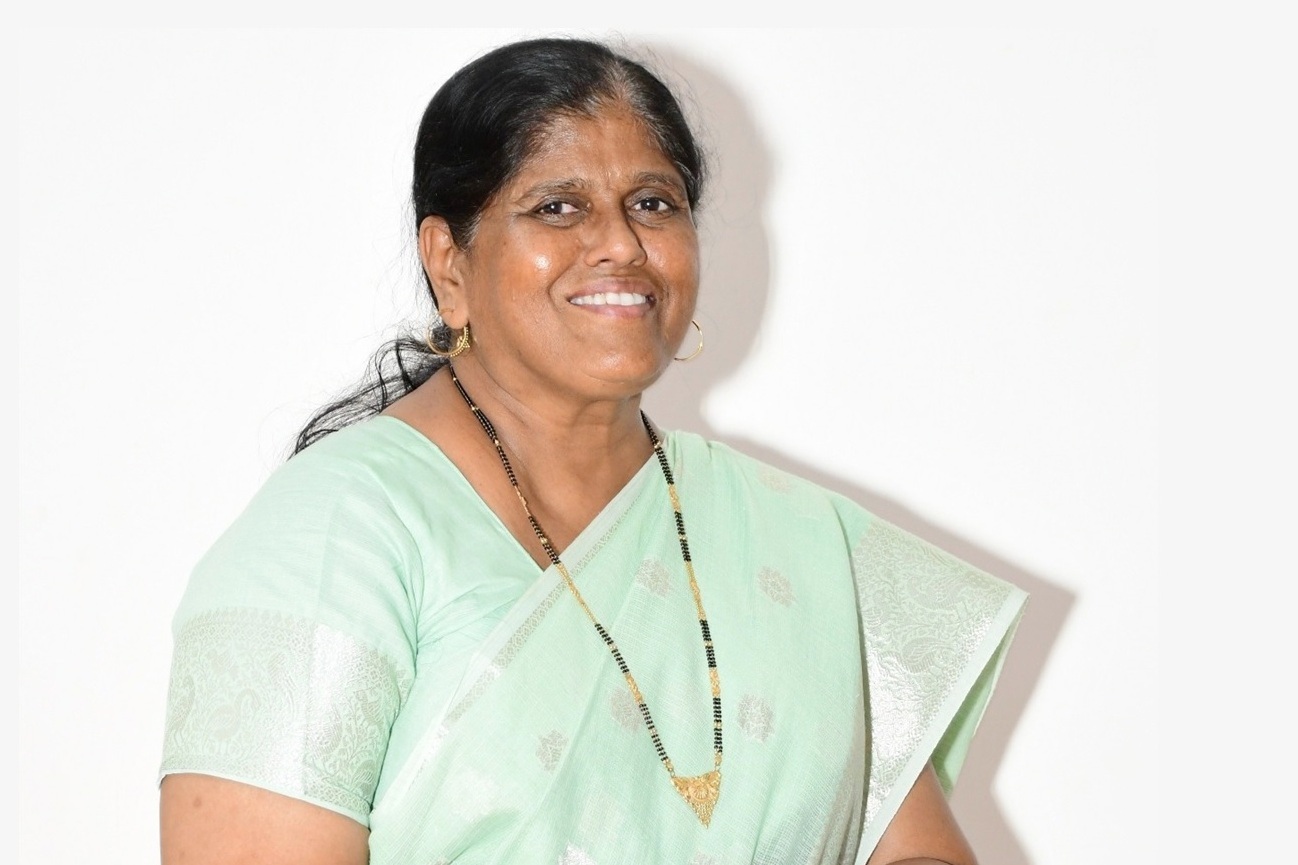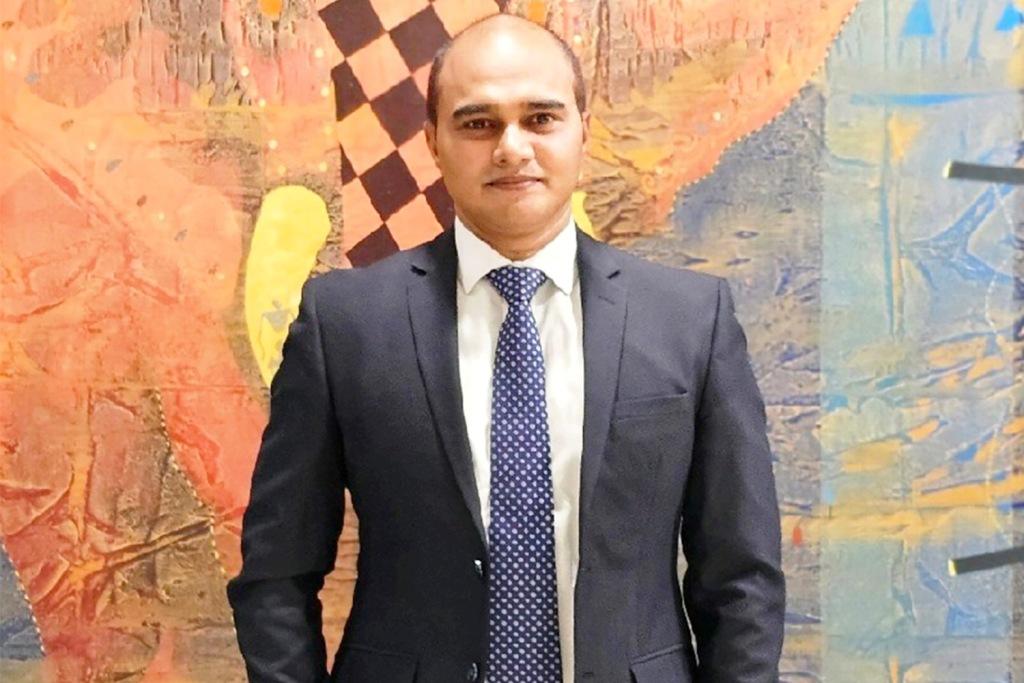As India accelerates its journey toward decarbonization, electrifying the transport sector stands out as a critical frontier. At CASCA’25—the Climate Action and Sustainability Conference & Awards—visionaries converged to chart a realistic, ambitious course for India’s transportation transformation. The panel, “Electrifying the Future: Innovations & Infrastructure for Sustainable Mobility,” moderated by Abhishek Jha, Consulting Editor at TheCSRUniverse, brought together two leading voices: Mr. Vijay Jaiswal, Director, Smart Freight Centre India, and Mr. Anshu Dewan, Founder, iX Energy Pvt. Ltd. & Director, DS Group. Their dialogue, presented by M3M Foundation and powered by YBRANT, offered a candid look at the challenges and opportunities in electrifying India’s freight, logistics, and passenger mobility landscapes.
Shifting the Focus: From Passenger EVs to Freight Decarbonization
While electric vehicles (EVs) have captured public imagination, Mr. Jaiswal reminded the audience that freight—often overlooked in mainstream EV discussions—holds the key to India’s decarbonization ambitions. “Freight is a disproportionate contributor to emissions,” he noted, emphasizing its strategic importance for impactful change. Smart Freight Centre India, part of a global nonprofit headquartered in Amsterdam, works closely with Indian policymakers and major freight buyers like Amazon, IKEA, Nestle, and PepsiCo to co-create freight decarbonization strategies. 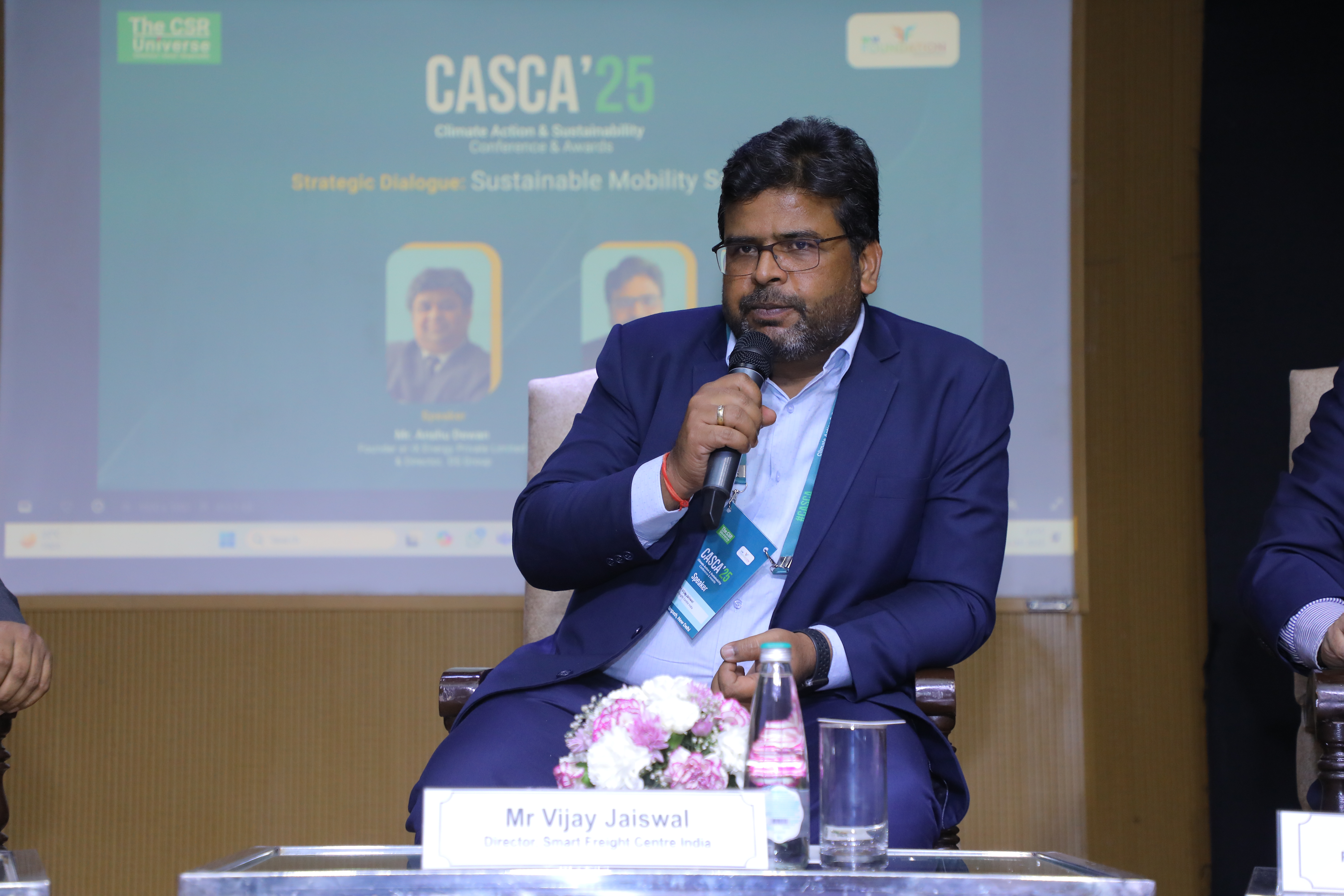
Mr. Jaiswal advocated for a use-case-specific approach: deploying EVs on routes where they make both economic and operational sense. “Economic viability, not environmental guilt, will drive adoption,” he asserted. For freight electrification to scale, it must become profitable—not just preferable. Two levers are critical:
- Use-Case Optimization: Align EV deployment with routes under 250 km, avoiding infrastructure-heavy long corridors until viable.
- Demand Aggregation: Unite freight demand across multiple shippers into a consortium to negotiate better rates and utilization with OEMs and charging providers.
He stressed that pilot projects, while valuable, do not reveal real-world challenges. “Deploy 100+ trucks; then you know the problems,” he said, urging stakeholders to move beyond small-scale experiments.
Retrofitting for Affordability: The Circular Economy Approach
Mr. Anshu Dewan, whose company iX Energy specializes in retrofitting diesel commercial vehicles into fully electric ones, made a compelling economic case for sustainable mobility. “The operational cost of EVs is nearly one-third of diesel vehicles—₹4/km for EVs versus ₹12/km for diesel,” he shared. Yet, barriers such as access to dedicated freight corridors, underutilized charging infrastructure, and high upfront costs remain significant hurdles. 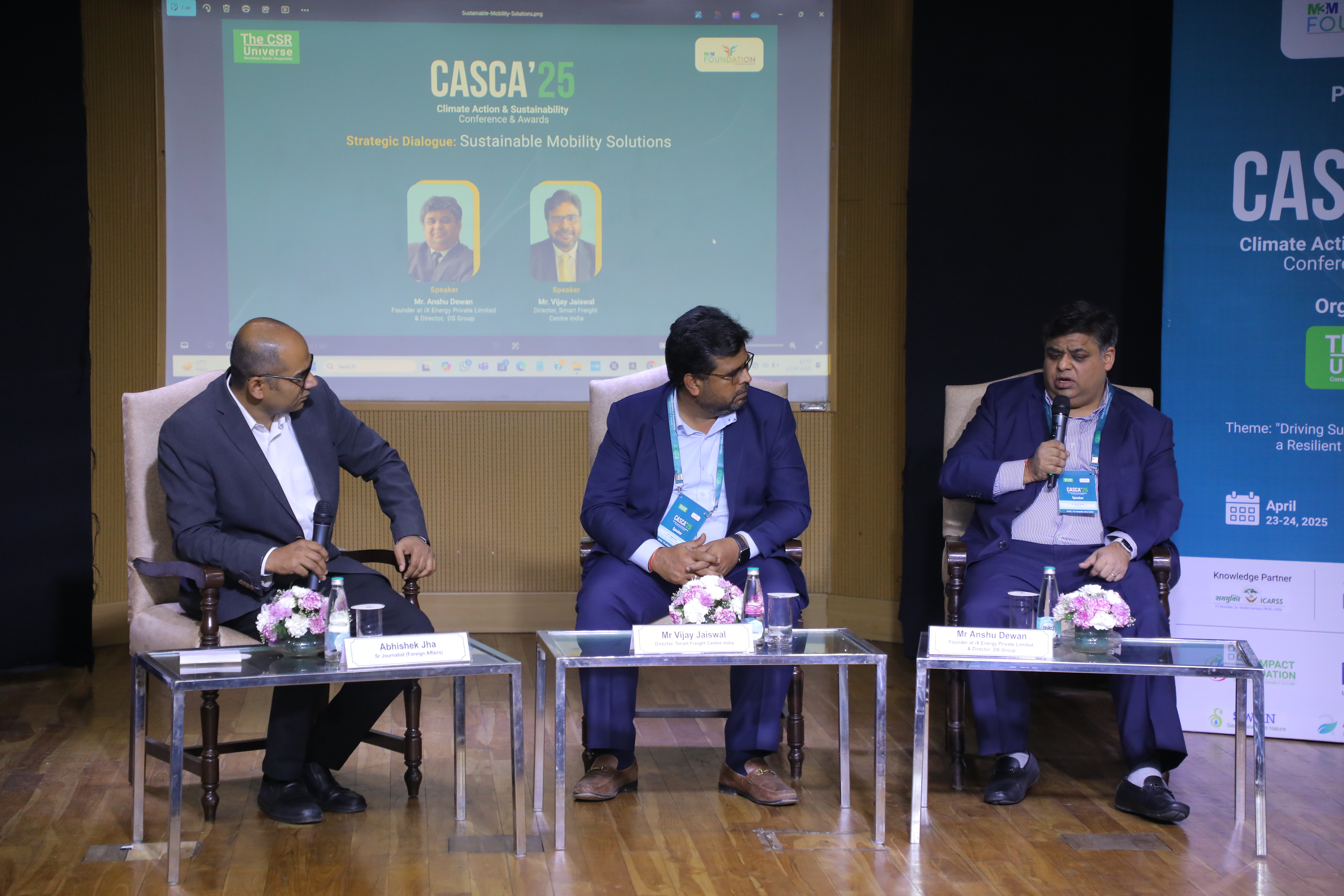
Dewan’s solutions focus on low-hanging fruit:
- Dedicated Green Lanes: Create dedicated lanes for EVs within depots to incentivize adoption.
- Policy Incentives: Allow EVs entry during restricted hours (e.g., Delhi’s no-entry zones) and include retrofitted vehicles in policy frameworks currently favoring only new OEM vehicles.
- Addressing Infrastructure Misalignment: He highlighted the paradox of charging stations being built but lying idle, reflecting a misalignment between infrastructure and actual usage patterns.
Dewan also raised concerns about policy gaps, particularly the lack of pricing parity and high public charging tariffs, which erode the economic edge of EVs. “Government-subsidized charging rates or public-private partnerships are essential to build sustainable business models for charging infrastructure,” he argued.
Breaking the Chicken-and-Egg Deadlock
Both panelists agreed that India’s EV transition is caught in a classic chicken-and-egg dilemma: buyers hesitate due to lack of infrastructure, while infrastructure investors hesitate due to lack of vehicles. Jaiswal proposed a practical fix: “Begin with vehicles, and infrastructure will follow.” He argued that infrastructure developers are willing to invest if assured of consistent utilization, which can be achieved through corporate commitment and route-based planning.
In global comparisons, India is not far behind. Many regions are still exploring scalable freight electrification. The real game-changer, according to Jaiswal, is volume. “Pilot projects don’t reveal real problems. Deploy 100+ trucks; then you know the challenges.”
Policy, Pricing, and Production: Who Holds the Wheel?
While acknowledging positive movement in government policies, Dewan critiqued the lack of pricing parity and high public charging tariffs, which wiped out the economic edge of EVs. He emphasized the need for government-subsidized charging rates or public-private partnerships to build sustainable business models for charging infrastructure.
Both panelists stressed the need for the Indian automotive industry (OEMs) to scale up EV manufacturing. “Without domestic innovation, India risks again ceding market dominance to Chinese suppliers—as happened with solar panels,” Dewan warned. The panelists also discussed the reluctance of OEMs to invest heavily in rapidly evolving technologies like hydrogen and fuel cells, given the uncertainty about which technology will dominate in the long run.
Greenwashing or Green Driving? The Battery Paradox
No discussion on sustainable mobility is complete without addressing battery waste and grid emissions. Jaiswal acknowledged the criticism but pointed to an ICCT study showing that even with India’s current coal-heavy grid, EV trucks reduce lifecycle emissions by 17–29%—a strong start. “We don’t need to be 100% clean to get started,” he said. “We need 30% cleaner—and that’s enough to save lives.”
Recycling is still in its infancy, but as volumes rise, viable solutions will emerge. The panelists urged policymakers not to delay action while waiting for perfection.
A Call for Inclusive Electrification
Dewan left the audience with a strong appeal for inclusive electrification. “India’s retrofitters, who can convert ICE vehicles to electric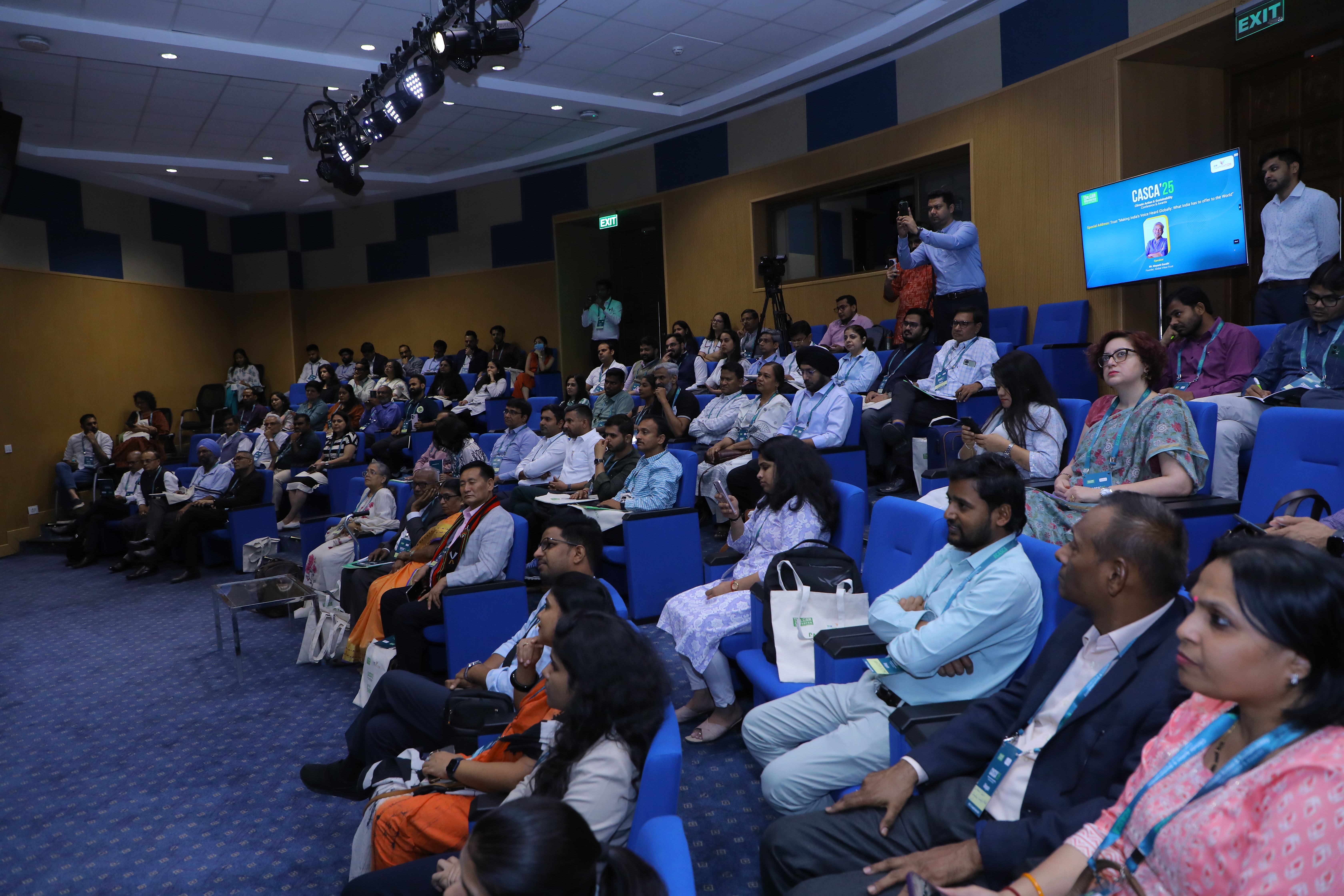 at a fraction of the cost, must be brought into the mainstream,” he said. Limiting incentives to OEMs alone excludes a significant part of the ecosystem, particularly price-sensitive buyers.
at a fraction of the cost, must be brought into the mainstream,” he said. Limiting incentives to OEMs alone excludes a significant part of the ecosystem, particularly price-sensitive buyers.
On geopolitical uncertainties and China’s dominance in EV components, both speakers remained cautiously optimistic. “India, with its scale and ambition, can build alternative supply chains—but only with government and industry walking hand-in-hand,” Dewan concluded.
Conclusion: The Journey Ahead
The CASCA’25 panel delivered more than projections—it delivered pragmatism. The transition to electric mobility in India will not be swift or smooth, but it is inevitable. With stakeholders like Mr. Jaiswal and Mr. Dewan pushed for practical, scalable, and economically viable models, the future is not just electric—it is strategic, inclusive, and Indian.
As India stands at the cusp of a mobility revolution, the insights from CASCA’25 underscore the importance of collaboration, innovation, and inclusive policy. The road ahead is challenging, but with visionary leadership and collective action, India can electrify its future—one route, one vehicle, and one partnership at a time.





 at a fraction of the cost, must be brought into the mainstream,” he said. Limiting incentives to OEMs alone excludes a significant part of the ecosystem, particularly price-sensitive buyers.
at a fraction of the cost, must be brought into the mainstream,” he said. Limiting incentives to OEMs alone excludes a significant part of the ecosystem, particularly price-sensitive buyers. 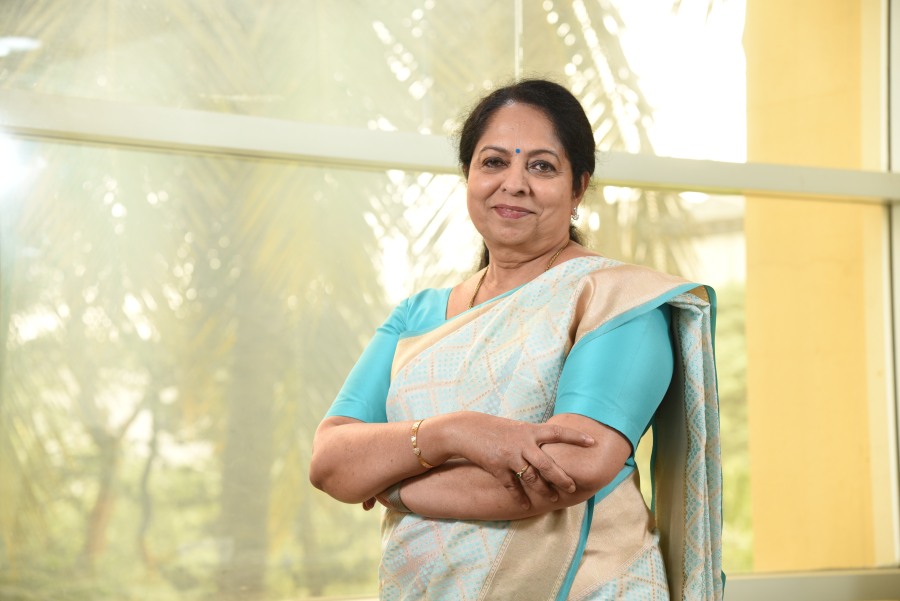
.jpg)



